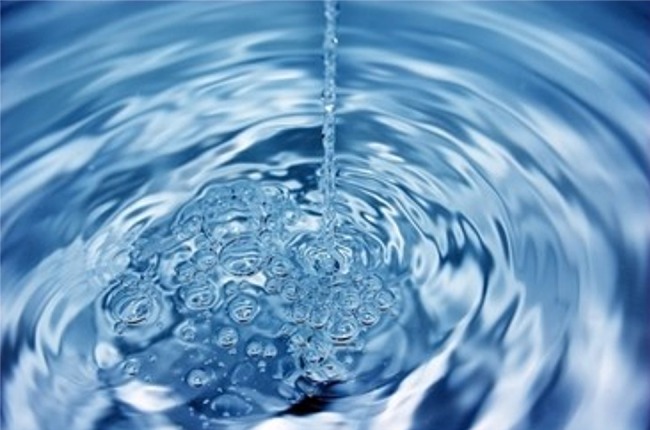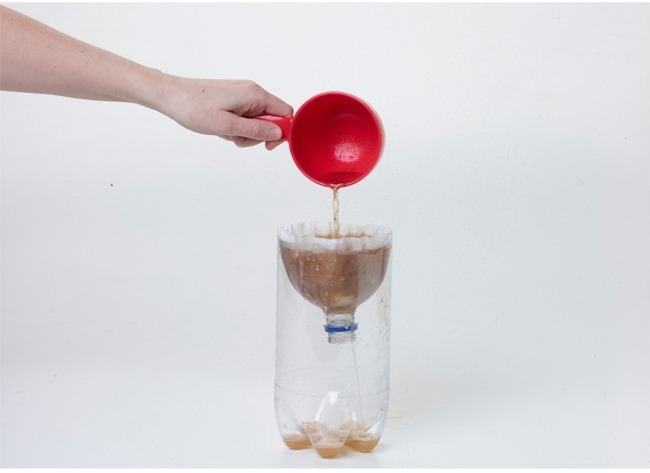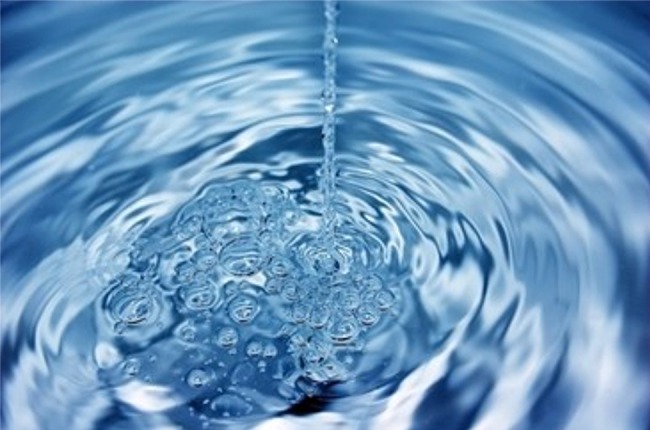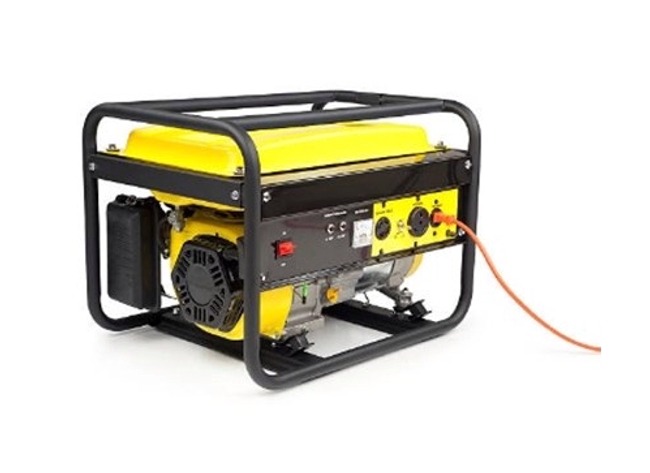Emergency Preparation - The Prepper Corner
2.4.3.1 - Prepper - Water Storage
Home > Emergency Preparation > The Prepper CornerWater Storage Disclaimer and Safety:
- There are many ways to sanitize storage vessels and preserve water. The method described below should work with clean drums and potable well water which is within all EPA drinking water standards.
- Handling heavy drums and chemicals is dangerous but can be done safely.
The following safety precautions are recommended:
- get help handling drums if you do not feel comfortable moving or lifting them by yourself - water weighs about 8.34 lbs/gallon, thus a 10-gallon container will weigh 84+ pounds
- wear safety goggles (NOT glasses), gloves, and cover bare skin when handling bleach - immediately wash off any bleach making skin contact
- should any bleach splash onto your face or eyes, call 911 Water Treatment
Overview
If you are storing water from your well or from city water taps, treatment will be none to minimal. If you are choosing to get your water from runoff, springs or rain, you should be looking at both filtering (2.4.3.2) and disinfecting (2.4.3.3). How much do you need to store?
- Start with 1 gallon per person per day for drinking, food preparation and minimal sanitation. A family of four adults will require 120 gallons of water for 30 days or a month. If you have pets, add about 1 quart per pet per day. Probably you can fill your containers at about 90 percent of capacity, so take that into your estimate.
- Regularly check/refill your water containers. Water is too critical to survival to ignore. Check your stored water supply every 6-12 months to make certain your containers, cleaning, and storage procedures are adequate.
- You can purchase smaller water containers already filled. These smaller containers can be refilled with your tap water. Most economical, however, is to purchase some drums, a pump or spigot to get the water out, and plain, unscented bleach (such as Clorox – 7.5% Sodium Hypochlorite) for cleaning the drums and preserving the water if you are on a well.
Storage Containers:
- Decide where you will store your water. If it will be inside and in the dark, a white or clear container will be fine. If outdoors, you need a light-blocking container such as the blue or dark red ones sold at Wilco(left). Light will accelerate algae growth in your water container rendering it unsafe and undrinkable.
- Will you need to move containers around? A full 55-gallon drum will weigh upwards of 450 pounds. With anything much larger than 5 gallons, you will need to figure out where to safely store it before you fill it up.
- How will you be getting the water out? Hand-operated pump? Spigot? Gravity feed? If you use a large drum, it may not come with the key needed to unscrew the bungs. Fortunately, they are easily available on Amazon.
- Purchase containers that are either new and food-grade, or if used, were only used for food storage. There are usually plenty on Craig’s list; running price for the blue, food grade 55-gal drums is about $25. New containers are sold at Wilco and on Amazon. The red 50-gallon containers at Wilco are under $50 each.
Cleaning your containers:
- Add 2-3 tablespoons of unscented bleach to a gallon of water and pour into your drum.
- Roll the tank around on the ground to ensure bleach gets into every part.
- Leave the tank upside-down for a few hours so that the bleach can work into all of the molded top crevices. This also allows you to test how good the bung hole screws seal.
- Empty the tank and rinse until the bleach odor is diminished.
- Where are your lids and plugs while you are doing this? Make sure they are also clean.
- Additionally, clean any pumps or spigots as well with diluted bleach and rinse well.
Sanitizing and Preserving Your Water:
- If you are on city water and it is chlorinated, there is no need to add extra bleach. As a check, however, you may want to find out how much chlorine residual is in your water. Use some hot-tub water test sticks to do this. If you cannot run a check, or it is non-detectable, add about ½ of the recommended bleach.
- For clear well water, use a ratio of 4.5 teaspoons of bleach per 55-gallon drum.
- If your water is slightly cloudy, increase the amount to no more than double.
- Fill your containers, making sure to keep the hose, holes, and plugs clean.
- Plug and store where the drums cannot freeze.
References: https://www.fema.gov/pdf/library/f&web.pdf
Last modified on: 3/1/2024
You might also like these related The Prepper Corner items:










